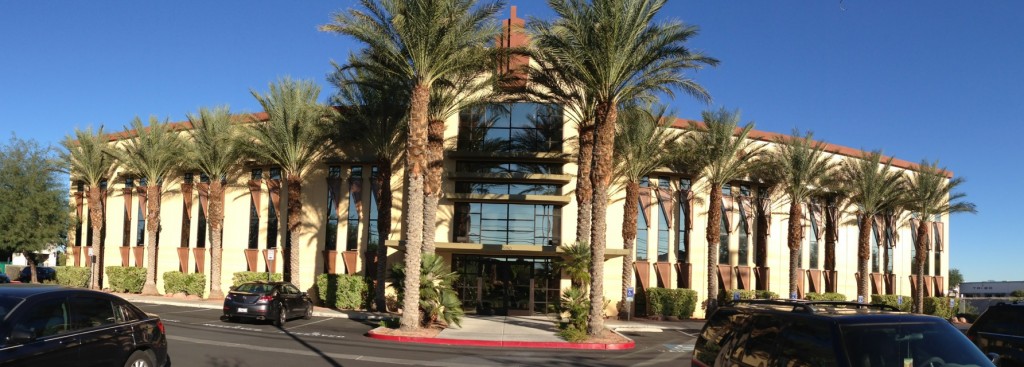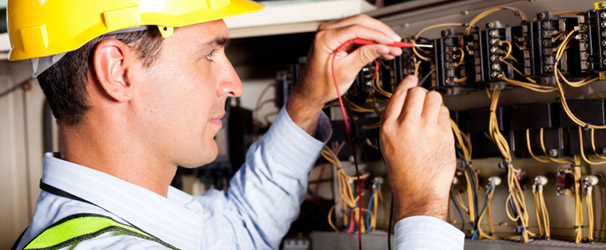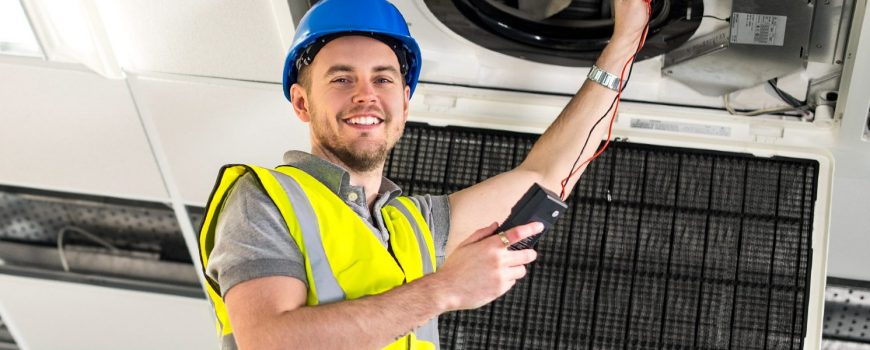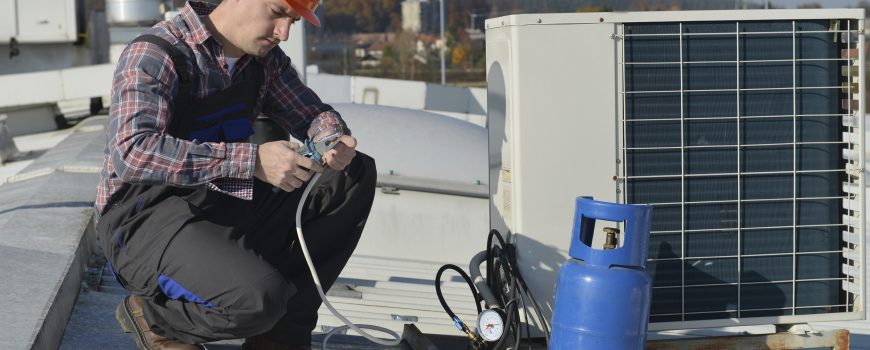What You Should Know About HVAC Systems
HVAC, or heating, ventilating, and air conditioning, is the technology of indoor and vehicular environmental comfort. The four main priorities of HVAC Systems are: maintain clean indoor air quality through filtration, move air with sufficient ventilation, remove heat from a desired area to a place where it won’t be objectionable, and finally to remove moisture from the place being conditioned.
HVAC heating systems are appliances whose purpose is to generate heat into a building. This is frequently done by a central heating system which could include a boiler, furnace, or heat pump that is used to heat water, steam, or air in a central location. Heat is then able to be transferred by convection, conduction, or radiation.
Ventilation is the process of replacing air in any space to provide high indoor air quality when combined with filtration. This makes the indoor air more pleasant to breathe and more comfortable to be in. The replacing of air involves oxygen replenishment, and the removal of potentially harmful products such as odors, smoke, heat, dust, airborne bacteria, and carbon dioxide. Methods for ventilating a building may be divided into mechanical/forced and natural types. The mechanical/forced ventilation is provided by an air handler which is a device used to regulate and circulate air. Natural ventilation is the ventilation of a building with outside air without using fans or other mechanical systems.
The air conditioning units provide cooling and humidity control for all or part of a building. Fresh air from outside is sometimes drawn into the system by a vent into the indoor heat exchanger section, creating positive air pressure. Air conditioning is produced by the removal of heat from inside the conditioned house, and depositing this heat outside. Refrigeration works the same way; the heat is removed from your refrigerator and deposited underneath or behind your refrigerator.
Through the HVACR Training program at ATI, students learn how to troubleshoot and repair mechanical and electrical components of HVAC systems in residential and commercial locations. With hands-on training, students will even learn how to service and repair HVAC systems like ice machines, walk-in coolers and freezers, and reach-ins that are found in super markets. ATI is committed to teaching students the ins and outs of the Commercial Refrigeration, Heating and Air Conditioning career field. The HVAC industry is a worldwide enterprise, with roles including operation and maintenance, system design, installation, equipment manufacturing, sales, repair, education, and laboratory research. The HVAC industry offers numerous career paths with various occupations, so don’t hesitate to call ATI today to get started on your training!
Like and Follow Advanced Training Institute on Facebook and Twitter!














